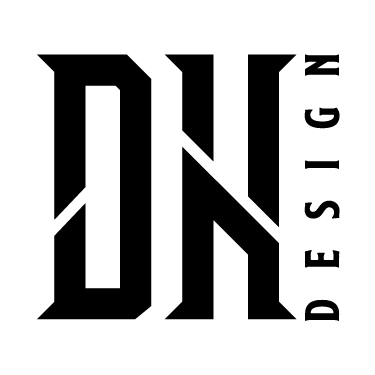Background
At-home Covid-19 test kits
Kleva health is a digital health tech company committed to providing digital health products and services for individuals and their families. Currently, they are sprinting towards their first product launch of a mail-in saliva-based molecular test for SARS-COV2 (Covid-19). Their key insight through the pandemic is that we are only as healthy as our loved ones and our willingness to preserve our loved ones’ health is limitless.
User Personas
Who will use this product?
• Lonely Lionel is committed to (i) being a responsible member of society, (ii) staying informed and making smart decisions, (iii) protecting the health of friends and family
• Mama Mia is committed to (i) keeping their kids safe and healthy, (ii) staying informed and making good decisions on behalf of the family
• Responsible Richard is committed to (i) being a responsible member of society, (ii) protecting the health of friends and family
Role
Working together as a team
I was on-boarded with 1 other designer to work on this project as a team. We split up the work but both worked on each aspect of the solution, including research, design, and testing.
Tools: Figma
Problem
The current model is too complicated
• Kleva health has a purchase model that requires the customer to sign up for an account and register their kit through their dashboard.
• In order to have someone else use the kit the original buyer will need to transfer it to the new user, and the new user will need to sign up and register the new kit.
• Through testing they found that their current model was unnecessarily complicated and needed a simpler solution that would be the MVP.
Solution
Get rid of dashboard and use a non-account driven model
It became clear from research that getting rid of a user sign up + dashboard model and switching to email based model would be a much more lean product.
Research
Testing revealed the current model needs to be simplified
In my case, I studied the research of past designers. They created user personas, competitive analysis, usability tests, wire frames, and high fidelity wire frames. As I studied these materials, I quickly understood that the dashboard model was overly complicated and confused users. When you buy the kit it can be given to anyone which means that original person that buys the kits needs to transfer it to the new user, which makes things more complicated than they need to be. So instead of creating an account, and having a dashboard, we decided to switch to a model where anyone can buy the kit, without signing up, and anyone can register the kit without having to transfer or make a new account.
User Flow
Show how simple the user experience can be
It was vital to understand how this new model would work, and how the user experience would feel with out a dashboard. This exercise proved to be helpful in legitimizing this flow and showing how it would be much more simple than the dashboard. The chart below shows how the different flows compare.
Design
Making high fidelity prototypes
We designed this new flow that took out the account/dashboard flow. Instead of signing up for an account and registering their kits through the account, the user would receive an email with a link to register, and receive results. This model would allow anyone with a kit to register it, therefor eliminating the need to transfer the kit, and making an account.
User testing
Show how our new model works
• Recruited 6 people to test
• Tested usability of the prototype
• Each session was recorded over video call.
• They were asked to go through the flow as if they were purchasing a testing kit.
Iteration
Fixing that which is broken
The flow worked as a whole, however not everything was perfect. There was a bit of confusion about lab fees, specifically what they were and how much they were. There was inconsistency on promotions, and not enough copy to explain the lab fees. We fixed this by changing and adding more copy to explain it better.
One other large issue was that most users had questions around insurance coverage. There was not enough copy to explain this. We added a whole page to explain insurance coverage.
Summary
What I Learned
Kleva Health started with the idea to sell COVID-19 test kits for use at the convenience of your own home. The original model had some complications when a customer would give the kit to anyone else to use. So they tasked us to find a more simple way of doing it. We decided that account creation wasn’t necessary and email registration would be more simple. So anyone who wanted to use the kit they could just follow the link on the kit to register it online, and get emailed the results. This way doesn’t tie the kit to anyone, and is much more simple for anyone to use it.
We designed this prototype and tested it with 6 users which validated our hypothesis. After testing we found a few small things that were confusing to the users and immediately adjusted the designs to fix those issues.
At the end of this project, we think the next steps would be to test the new design to validate our new ideas, and see if any other issues arise. Kleva is close to releasing this product in the coming months.
